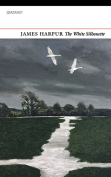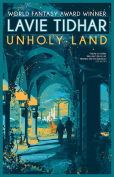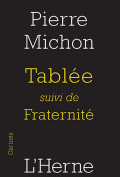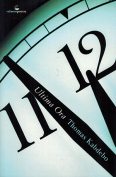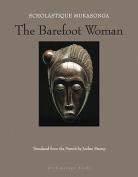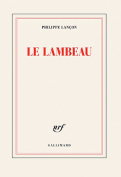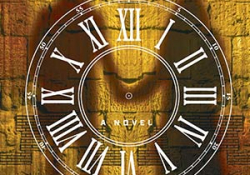Killing Commendatore by Haruki Murakami
 New York. Knopf. 608 pages.
New York. Knopf. 608 pages.
Haruki Murakami’s massive, elegantly eerie sixteenth novel, Killing Commendatore, is a successful, surreal mashup of Thomas Mann’s The Magic Mountain, F. Scott Fitzgerald’s The Great Gatsby, and Lewis Carroll’s Alice’s Adventures in Wonderland. As his six-year-long marriage is dissolving, the thirty-six-year-old unnamed narrator finds himself perched atop a remote mountain in Odawara, Japan. He is staying in an isolated but fully furnished house (minus TV, CD player, and wi-fi) loaned to him by a friend he knew in art school, Masahiko Amada. The house is owned by Masahiko’s father, Tomohiko, a famous Japanese artist, now ninety-two, who is dealing with dementia and living in a nursing home.
Like Tomohiko, the narrator is an artist, albeit a lonely and unhappy one best known for commercial portraits. When he discovers the titular painting hidden away in the dusty attic, it brings “inexplicable chaos and confusion” into his life, changing it forever. The other element that affects his life is a neighbor, the wealthy and mysterious Wataru Menshiki. The characters in his name translate into “cross a river” and “avoidance of color”—both having future import for the narrator. Menshiki is the narrator’s Jay Gatsby. He lives across the valley in an immense white concrete house with shiny windows. He dresses impeccably and owns a number of luxury cars. He is also obsessed with using specially designed binoculars to observe an adolescent girl in another nearby house.
When Menshiki commissions the narrator to paint his portrait, the two develop a friendship that takes them toward Alice’s rabbit hole. There is, in fact, a real hole in the area. It is hidden under a shrine and stones in the back of the mountainous property. What sounds like a Buddhist monk’s bell tolls in the middle of the night. When the two men discover the hole and the bell, they uncover what may be a portal to a magical underworld accessed with the aid of a ferryman crossing a river very much like the Styx.
All these aspects in this retrospective narration are bound together by the massive 3’ x 5’ canvas, Killing Commendatore, which appears to be the representation of a scene from Mozart’s opera Don Giovanni. Murakami introduces a key fantasy feature when the commendatore character from the opera and the painting steps into the narrator’s world as a two-foot-tall Yoda-like interlocutor who influences every facet of the extraordinary plot. This provides Murakami the opportunity to incorporate leitmotifs of his typical subjects and themes—art, music, cooking, literature, history (the destruction of Nanjing; World War II Vienna), philosophy, time, and memory.
The gestation period in the novel is nine months. In that time, unlikely pregnancies occur, suspicious characters (a man in a white Subaru) appear, and lives are irrevocably altered. The novel becomes the narrator’s self-portrait of an adventurous time in his life, an enlightened vision of a life previously unlived. Killing Commendatore is another wonderfully elaborate Murakami concoction.
Robert Allen Papinchak
Valley Village, California


